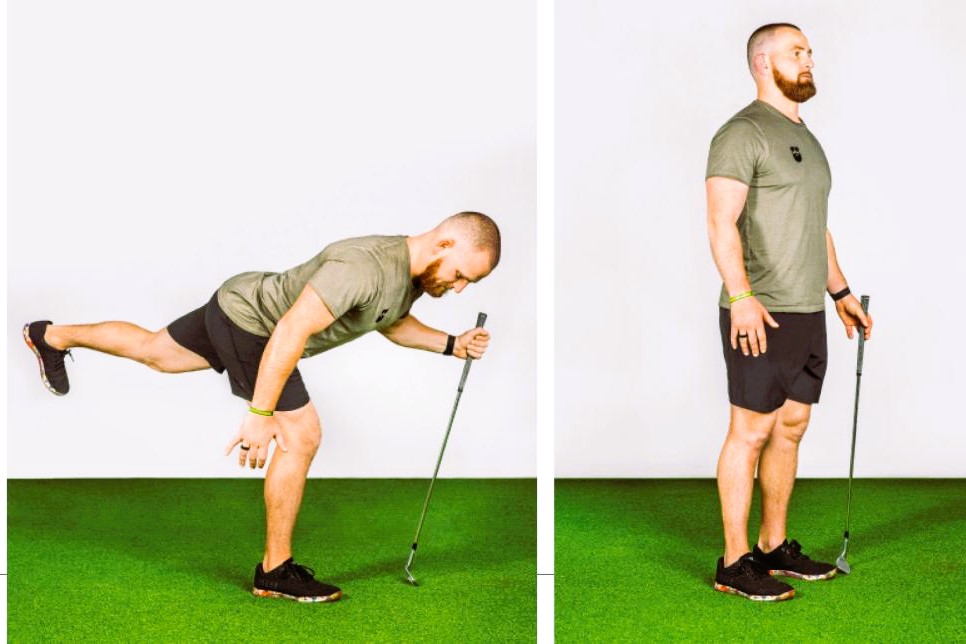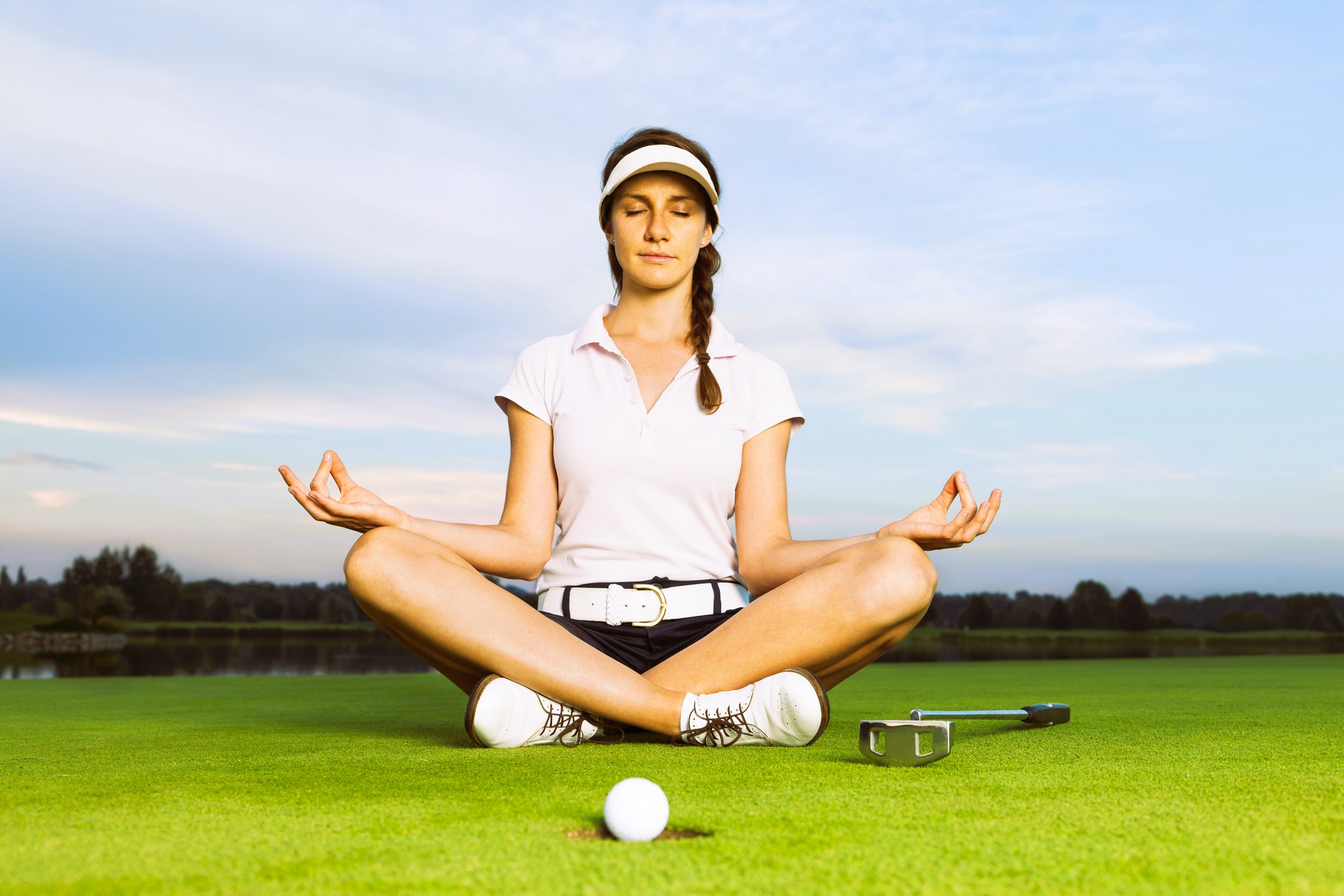Golf is often perceived as a leisurely activity, but it requires a combination of skill, technique, and physical fitness to excel on the course. While many golfers focus solely on honing their swing mechanics and mastering course strategy, overlooking the importance of physical conditioning can limit performance and increase the risk of injury. In this article, we’ll explore the role of fitness in golf and provide a selection of exercises to help improve strength and flexibility, ultimately enhancing your game and enjoyment of the sport.
Understanding the Importance of Fitness in Golf
Physical fitness plays a crucial role in golf performance for several reasons:
- Power and Distance: Generating power and distance off the tee and with long irons requires strength and explosiveness in key muscle groups, including the core, legs, and upper body. Improved strength can translate to increased clubhead speed and greater ball velocity, resulting in longer drives and more advantageous approach shots.
- Consistency and Control: Maintaining stability and balance throughout the swing is essential for consistency and control. A strong and stable lower body provides a solid foundation for generating power while maintaining proper posture and alignment. Additionally, enhanced flexibility allows for a fuller range of motion, enabling smoother and more fluid swing mechanics.
- Injury Prevention: Golf involves repetitive movements and asymmetrical loading patterns that can lead to overuse injuries and musculoskeletal imbalances. Incorporating strength and flexibility exercises into your routine can help correct these imbalances, reduce the risk of injury, and promote longevity in the sport.
Key Muscle Groups for Golfers
To optimize your physical conditioning for golf, focus on strengthening and stretching the following muscle groups:
- Core Muscles: The core muscles, including the abdominals, obliques, and lower back, provide stability and power throughout the golf swing. Core exercises such as planks, Russian twists, and wood chops can improve core strength and rotational stability.
- Leg Muscles: Strong legs are essential for generating power and maintaining balance during the swing. Exercises such as squats, lunges, and leg presses target the quadriceps, hamstrings, and glutes, improving lower body strength and explosiveness.
- Upper Body Muscles: The muscles of the upper body, including the chest, shoulders, and arms, contribute to clubhead speed and control. Incorporate exercises such as push-ups, shoulder presses, and rows to develop upper body strength and stability.
- Flexibility and Mobility: Flexibility exercises such as dynamic stretches, yoga poses, and foam rolling can improve range of motion and joint mobility, allowing for a smoother and more efficient golf swing. Focus on stretching tight muscles, particularly in the hips, shoulders, and thoracic spine. Starting to play golf, read our tips for beginners on mastering the game.

Sample Golf Fitness Routine
Here’s a sample golf fitness routine incorporating exercises to improve strength and flexibility:
- Warm-up: Begin with 5-10 minutes of light cardio (e.g., brisk walking or jogging) to increase blood flow and warm up the muscles.
- Core Exercises: Perform 2-3 sets of planks, side planks, and Russian twists, holding each exercise for 30-60 seconds.
- Leg Exercises: Complete 2-3 sets of squats, lunges, and calf raises, aiming for 10-12 repetitions per set.
- Upper Body Exercises: Do 2-3 sets of push-ups, shoulder presses, and rows, using moderate weights and aiming for 8-10 repetitions per set.
- Flexibility Exercises: Finish with 5-10 minutes of stretching, focusing on key muscle groups used in the golf swing. Hold each stretch for 20-30 seconds and perform both static and dynamic stretches.
Conclusion
Incorporating a well-rounded fitness program into your golf routine can significantly improve your performance on the course and reduce the risk of injury. By focusing on strengthening key muscle groups, improving flexibility, and maintaining overall physical conditioning, you can enhance your power, consistency, and longevity as a golfer.
For further reading on golf fitness and exercise, visit Wikipedia’s Golf Fitness page for additional insights into the importance of physical conditioning for golfers and strategies for improving strength, flexibility, and overall fitness.





